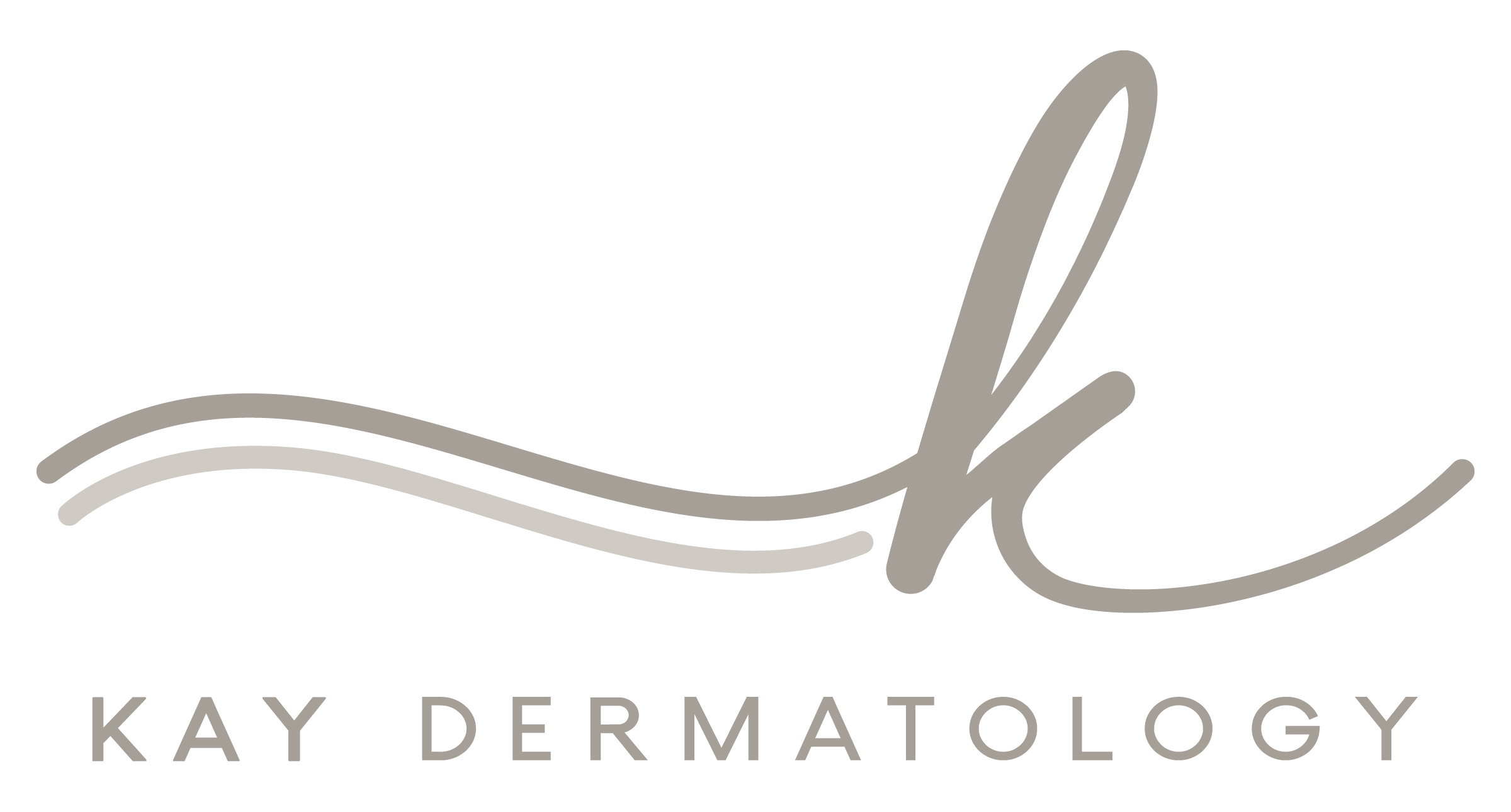

Photodynamic therapy (PDT) has emerged as a groundbreaking treatment option for various skin conditions, offering hope and relief to individuals seeking practical solutions. In a world inundated with countless treatment options, making the right choice for your skin can be overwhelming. You gain knowledge from our blog, which directs you toward the ideal choice for your skin issue.
Get ready to unlock the secrets of photodynamic therapy, a special treatment that holds the potential to revitalize your skin and restore your confidence. Together, we will understand science, innovation, and personalized care, as we embark on a transformative journey toward skin rejuvenation. Prepare to be inspired and empowered to take control of your skin’s destiny through the remarkable possibilities offered by photodynamic therapy.
At its core, photodynamic therapy (PDT) is a non-invasive procedure that combines a photosensitizing agent and light to target and eradicate specific skin conditions. The process involves three key components: the photosensitizer, light of a specific wavelength, and the oxygen in the targeted tissue.
The first step in PDT involves the application of a photosensitizing agent, which can be administered topically or intravenously, depending on the specific condition being treated. This agent is selectively absorbed by the targeted cells, such as abnormal cells in the case of precancerous lesions or acne-causing bacteria.
Once the photosensitizer has been absorbed, it is activated by exposing the treated area to a specific wavelength of light. This activation triggers photochemical reactions that generate reactive oxygen species (ROS) within the targeted cells. These ROS damage the abnormal cells, resulting in their destruction or elimination.
The beauty of PDT lies in its selectivity. The photosensitizer is designed to preferentially accumulate in the target cells, allowing for a highly targeted and localized treatment. This specificity minimizes damage to healthy surrounding tissues, making PDT an attractive option for various skin conditions.
Compared to surgical interventions, PDT is generally less invasive, resulting in reduced downtime and faster recovery. This makes it appealing for individuals seeking effective results without extensive procedures or prolonged healing periods.
1. Acne
Acne, caused by the overgrowth of bacteria on the skin, can wreak havoc on one’s self-esteem. PDT takes a multi-pronged approach to combatting acne. The skin is exposed to the photosensitizing chemical, which accumulates in the hair follicles and sebaceous glands. When light activates, the photosensitizer generates reactive oxygen species that specifically target and destroy acne-causing bacteria, effectively reducing the severity and frequency of breakouts.
2. Actinic Keratosis
Actinic keratosis refers to rough, scaly patches of skin that develop due to prolonged sun exposure. These lesions are precancerous, underscoring the importance of effective treatment. PDT offers a breakthrough solution to address actinic keratosis and prevent its progression into skin cancer.
By applying a photosensitizing agent to the affected area and activating it with light, PDT effectively destroys the abnormal cells in actinic keratosis. The targeted nature of PDT ensures that only the precancerous lesions are eliminated, preserving the surrounding healthy tissue.
3. Rosacea
Rosacea, a chronic skin condition, manifests as persistent redness, visible blood vessels, and occasional flare-ups of bumps or pimples. The impact on one’s self-esteem can be significant. PDT presents hope for individuals seeking effective management of rosacea symptoms.
PDT has demonstrated remarkable efficacy in reducing the redness and inflammation associated with rosacea. By targeting the blood vessels responsible for the persistent redness, PDT can effectively minimize their visibility, resulting in a more even complexion and an improved overall appearance.
While PDT offers promise for managing rosacea, it is essential to consider individual factors and consult a knowledgeable dermatologist. They can evaluate the severity of your condition, assess your skin type, and guide you on the suitability of PDT as a treatment.
4. Skin Cancer
Photodynamic therapy (PDT) has emerged as a unique approach in the battle against skin cancer. By leveraging the unique properties of light and a photosensitizing agent, PDT offers a targeted and minimally invasive treatment option for certain types of skin cancer.
PDT employs a two-step process to eradicate cancer cells. First, a photosensitizing agent is administered, which accumulates in the tumor cells. When exposed to specific wavelengths of light, the photosensitizer becomes activated, triggering the release of reactive oxygen species (ROS). These ROS damage the cancerous cells, destroying them while sparing healthy surrounding tissue.
PDT for skin cancer presents several advantages over traditional treatment methods. It can be utilized for superficial or early-stage skin cancers, providing a non-surgical alternative with excellent cosmetic outcomes. Moreover, PDT is well-tolerated by patients, with minimal discomfort and a reduced risk of scarring or complications. However, the suitability of PDT for skin cancer, the kind, size, and location of the tumor are a few factors that influence treatment. Consulting with an experienced dermatologist or oncologist is crucial to determine your case’s best action.
Once you have determined your candidacy for photodynamic therapy (PDT), it’s essential to understand the treatment process. In this section, we will walk you through the step-by-step journey of PDT, from preparation to post-treatment care and recovery, ensuring a comprehensive understanding of the treatment process.
A. Preparation Before PDT
B. Photodynamic Therapy Session
C. Post-Treatment Care and Recovery
You now know about PDT and its potential to address your skin condition. We encourage you to actively participate in your skin health by making informed decisions. Consider the benefits and advantages of PDT at Kay Dermatology, knowing that our team is dedicated to providing exceptional care and tailored treatment plans to help you achieve healthy, radiant skin.
By opting for PDT at Kay Dermatology, you are choosing a treatment option that offers targeted results, versatility, and the expertise of experienced dermatologists. Experience the transformative power of PDT and regain your confidence in your skin’s appearance and health.
Schedule a consultation with Kay Dermatology today and embark on a journey towards rejuvenated skin and enhanced well-being. Together, we will determine if PDT is the proper treatment for your skin condition and pave the way for a brighter, more confident tomorrow.
